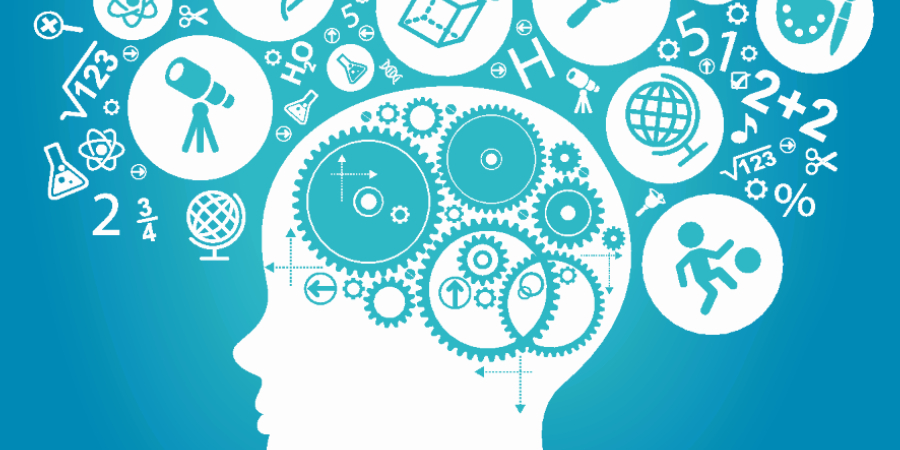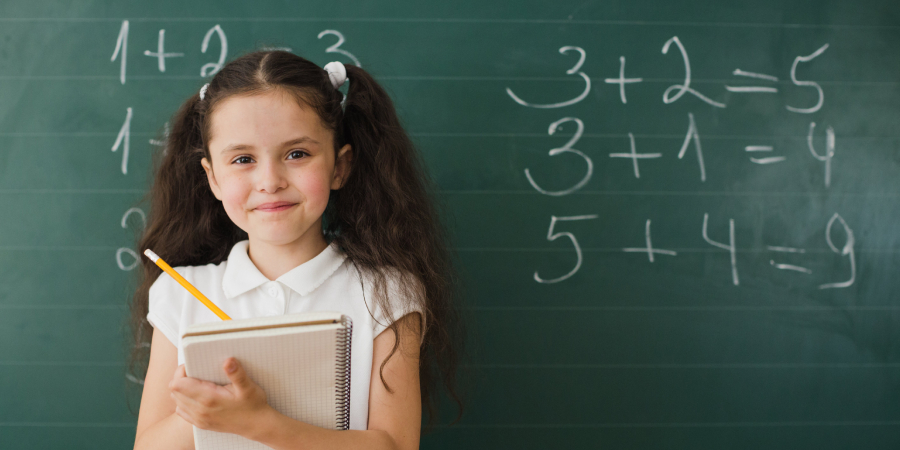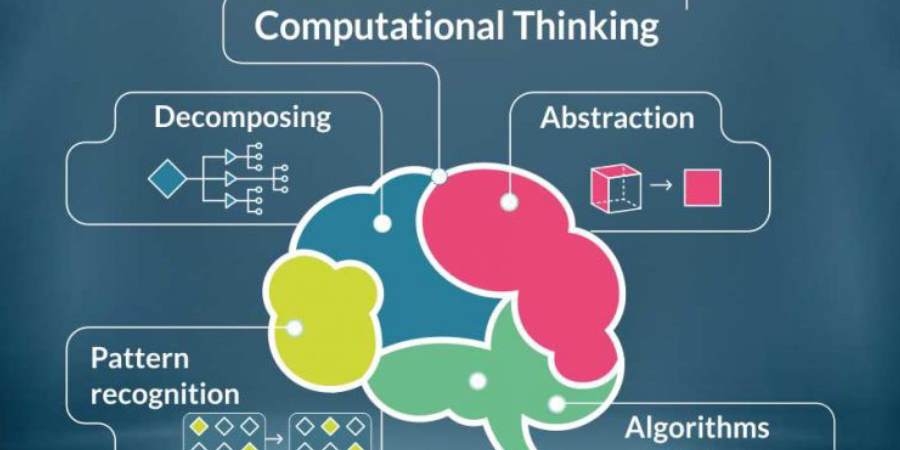
Is it possible to learn a context in history while incorporating science or any other subject to it? Can the design-based thinking and problem based learning help in memorizing an event in history along with the details of science in it? The answer is yes, and the following section justifies the answer.
A group of teachers decided to incorporate design thinking and problem-based learning by making the students work in groups to analyze an event from history. The lesson from history-“pilgrims’ journey to America in Mayflower”- was used as the contest to incorporate science and math into it. The students were asked to design a new boat that would overcome all the problems quoted in history. Divided into the groups, the students brainstormed to develop a sturdy ship that could withstand any storm, pirates, overcrowding, or any leakages.
During the design thinking process, the students understood the concepts of buoyancy, how wind and shapes of boats could be a hindrance for the sailing and the working of different parts of the ship. After the design, thinking stage, each group was provided with materials like cardboard, foam, duct tape, tin foil etc. to build the prototypes of their boats. The kids during the prototyping stage kept in mind the various aspects like size, shape, and placement of sails. After the model was ready, the rain gutters were filled with water and fans placed to test the speed of the designed boats. Marbles that represented the weight of the passengers and cargo were added to the boats to check the load handling capacity.
The overall experiment did a great job of making the kids understand the context in history as well as the various concepts of science. The integrated learning might be time consuming, but the impact it makes on children is lifelong


